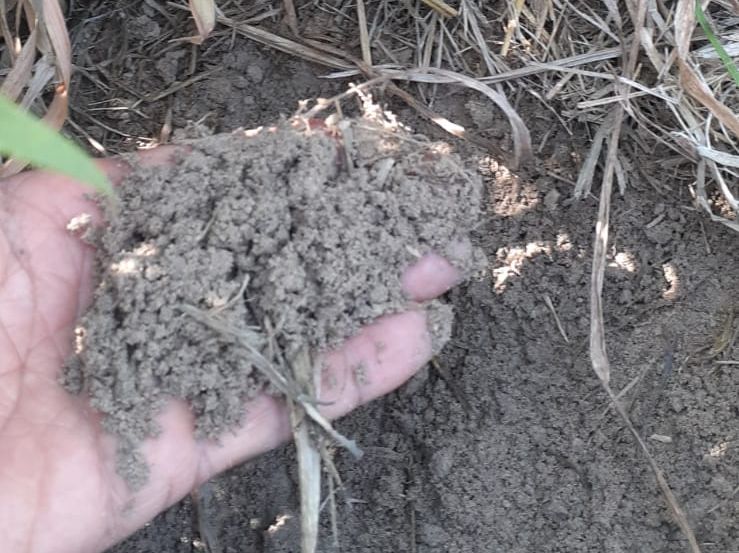One of the most common ways to measure soil moisture is through soil moisture sensors. These sensors use various methods to measure the amount of water in the soil. Some sensors measure the electrical resistance of the soil, while others measure the dielectric constant of the soil. These measurements can then be used to calculate the amount of water in the soil.

Measure soil moisture sensors come in several different types, including Tensiometers, Time Domain Reflectometry (TDR) sensors, Capacitance sensors, and Resistance sensors. Each type has its own advantages and disadvantages, and the best sensor for a particular application depends on factors such as soil type, depth of measurement, and measurement frequency.
Tensiometers are one of the oldest methods of measuring soil moisture. Tensiometers consist of a tube filled with water and a porous ceramic tip inserted into the soil. The ceramic tip is connected to a vacuum gauge, which measures the pressure required to extract water from the soil. This pressure is a function of the soil moisture content since as the soil dries, more pressure is required to extract water.
Time Domain Reflectometry (TDR) sensors are electronic devices that use a high-frequency electromagnetic pulse to measure the dielectric constant of the soil. The dielectric constant of the soil is related to the soil moisture content, making TDR sensors a useful tool for measuring soil moisture.
Capacitance sensors work similarly to TDR sensors but use an alternating current to measure the capacitance of the soil. The capacitance of the soil is related to the soil moisture content, making capacitance sensors a useful tool for measuring soil moisture.
Resistance sensors measure the electrical resistance of the soil. As the soil moisture content changes, the electrical resistance of the soil also changes, allowing resistance sensors to measure soil moisture. Resistance sensors can be either buried or surface-mounted.
Measuring soil moisture is essential for farmers, natural resource managers, and others who depend on the health of the soil. Soil moisture sensors come in many types and can be used to measure soil moisture content accurately. By regularly monitoring soil moisture levels, farmers can optimize crop irrigation and yield, while natural resource managers can monitor soil health and predict drought and flood conditions. Choosing the right sensor for the job is critical, and factors such as soil type, depth of measurement, and measurement frequency must be considered.
In conclusion, the importance of soil moisture cannot be overemphasized. Soil moisture sensors play an essential role in monitoring soil health and making informed decisions about agricultural and natural resource activities. Properly measuring soil moisture is critical to ensuring the sustainability of these resources, and the use of accurate and reliable soil moisture sensors is necessary.